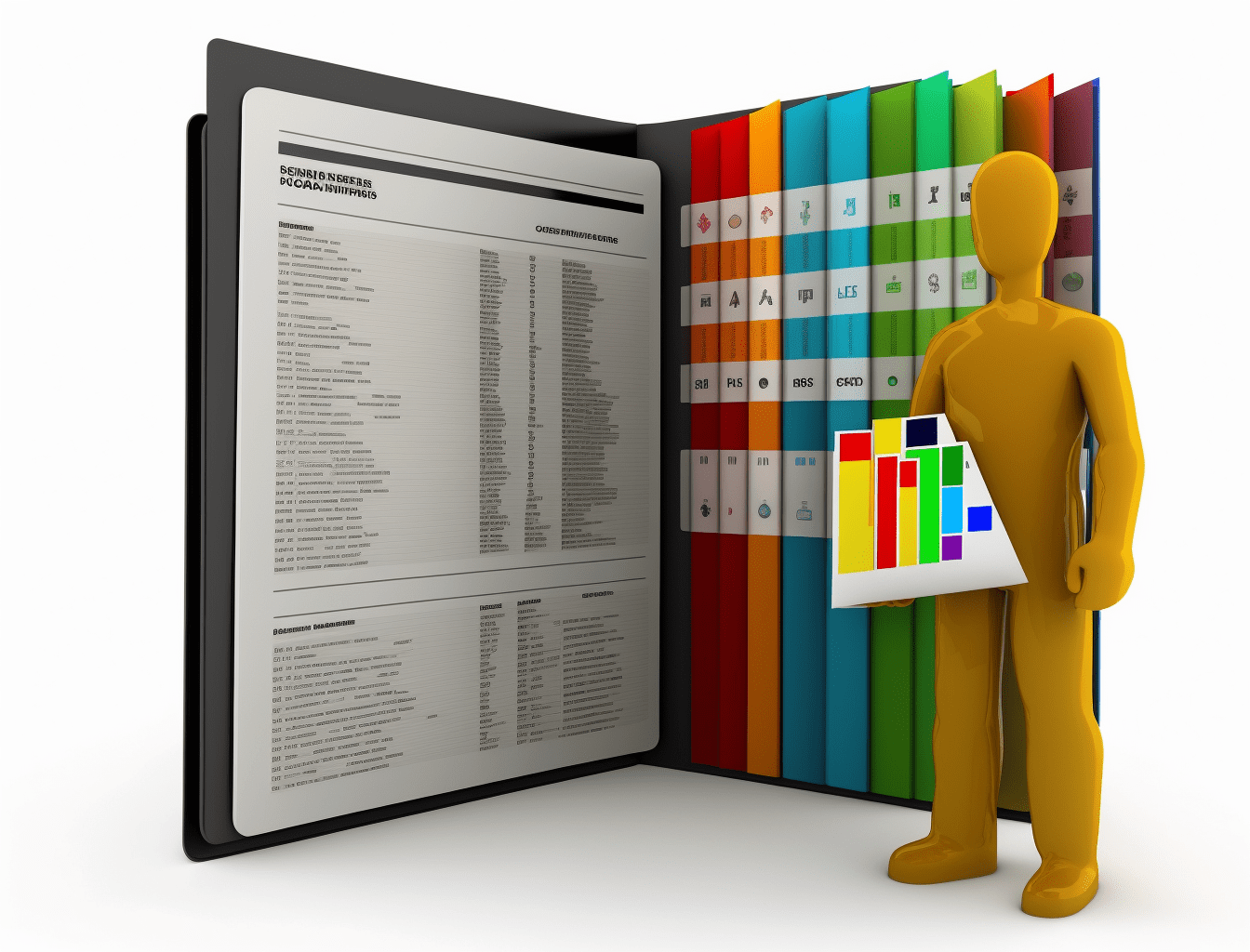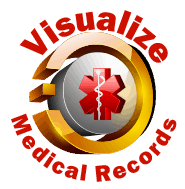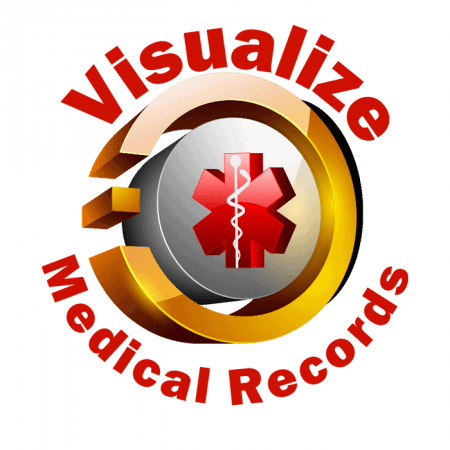Medical records are written by medical practitioners for healthcare purposes. To take full use of this detailed record of procedures and health status for other purposes such as legal, insurance, or research requires detailed cross references to examine data in a single medical record, between medical records, and in conjunction with other sources of information.
With all this information contained in a patient’s health file, the question then that needs to be answered is “should medical records be in chronological order?” This blog article will explore how medical records should be presented and discuss why indexing by category is important.
What is Medical Chronology?
Simply put, medical chronology is a concise, well-organized record of medical facts, information, and events often arranged in the order of their occurrence.
Creating a medical chronology involves reading through hundreds of pages of medical records, gathering all available information, and arranging them in an accurate chronological manner from the earliest entry to the most recent one. When laid out accordingly, the medical events will constitute a timeline.
Typically, medical chronologies are made up of categories, including healthcare services, healthcare provider, date of visit to a medical facility, and outcome of the medical event. With chronologically arranged details and information, it provides medical and legal professionals with an efficient, unbiased summary of what transpired during a patient’s care over a specific period.
Should Medical Records Be in Chronological Order?
The quick and practical answer to the question, “should medical records be in chronological order,” is yes.
Similar to life events that you document in your journal according to the time of occurrence, medical events will also make sense and show a narrative easily if they are arranged chronologically.
Chronological indexing is important because it involves organizing and storing information of patients’ health information together in one place for easy retrieval later by medico-legal professionals. This helps medical professionals easily access all the information they need to determine treatment options, as well as be compliant with patient data storage and healthcare document management requirements.
In a legal setting, medical chronology is a powerful tool that attorneys use for preparing their clients for trial. The chronological arrangement of medical events and details will help them decide whether there is enough evidence that is acceptable in the courtroom. Furthermore, it would give them a clear understanding in terms of causation, injury, the severity of the damage, and whether the claimed damage is related to the causation.
Medical chronology is arranged in such a user-friendly format because its goal is to allow reviewers to glance through it quickly and without confusion. The arrangement of medical records in chronological order enables easy visualization of the medical condition, treatment and time frame, and outcome. With a chronological format of medical records, review time is significantly reduced by 25% to 40%.
Understanding the Importance of Indexing Medical Records by Category
Now that we’ve answered the question should medical records be in chronological order, let us move on to indexing medical records by category.
Organizing medical records by rearranging dozens of pages chronologically for hundreds or thousands of patients can be tedious and time-consuming, especially if done manually. This is where medical records indexing comes in.
What is Medical Record Indexing?
Medical record indexing is the process of sorting and organizing medical records based on specific criteria or “categories”. By indexing medical records by categories, it will be much easier to retrieve and analyze the information contained within these documents.
The indexing process involves gathering relevant information from medical records, such as the patient’s profile and demographics, medical diagnoses, treatments, surgical and non-surgical procedures, lab tests, and results. This information is then categorized and indexed using a standardized coding system or taxonomy, which helps in the easy retrieving and analysis of data.
Indexing allows the presentation of information in different ways, either chronologically, by specific events, or by event groupings or event types (such as isolating surgeries, diseases, etc.). Through indexing or categorizing, the integrity of records for legal sourcing can be retained to ensure that original records can be referred to and sourced correctly. At Telegenisys, we can provide both indexed sorting and destructive sorting, depending on the preference of clients.
Benefits of Indexing By Category
Earlier, we answered the question “should medical records be in chronological order” and discussed the importance of having chronologically arranged medical records. At this point, let’s discuss why it’s important to index medical records by category.
1. Categorizing records according to document type, provider, facility, and location helps organize medical records by information needed by the user. It makes medical records easy to scan and review. Medical or legal professionals who need the documents can save time and focus on other areas of the case that need attention.
2. Categorized records are easy to read, update, and use. You will know exactly what to look for and where to look at. At Telegenisys, Each organized file and medical record summary comes with an annotated Medical Index, which includes the categories, sequencing, abbreviations, and all information presented. It also comes with hyperlinks and a narrative summary that enables instant navigation of the file.
3. Indexing medical records by category helps reduce the time and cost associated with sorting through and reviewing tons of pages of medical, enabling users to focus more on what happened. Medical summarizer highlights areas of concern or focuses to ensure all information is included in the reports in order. If, at any time, a chronology needs to be updated, a medical summarizer simply adds the new information by building on the work already completed.
Reliable Medical Chronology and Category Indexing from Telegenisys
At Telegenisys, we understand the importance of properly structured and chronologically arranged medical records. These documents are essential to medical and legal institutions. In medical litigation, for example, information such as date, time and care provided are important because these can help in building a strong case. Medical chronologies are often used during discovery, in depositions, or in preparing witnesses for testimony even during a trial.
This is why we work hard to list, evaluate, and summarize all medical records in a chronological format, index them according to specific categories, and create a detailed timeline of a patient’s medical events. We use an advanced and sophisticated medical chronology software called Visualize Medical Records or VMR to create medical chronologies that are indexed by event types, dates, providers, provider types, diseases, prescription drugs, and custom terms associated.
So, should medical records be in chronological order? Yes, and with Telegenisys, you don’t need to worry about how we properly sort and organize medical records because we do all these and more. How we can improve your medical facts review by indexing records. See more…













0 Comments